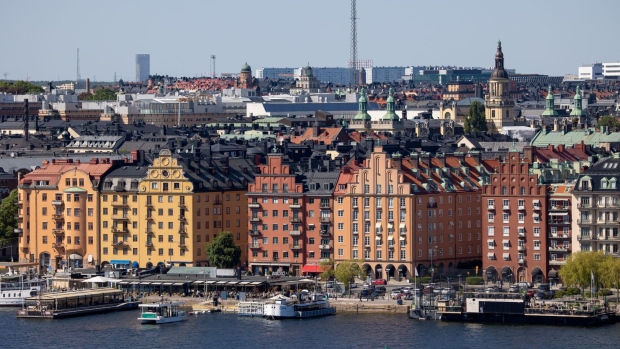Jan 2, 2024
Swedish Bankruptcies Surge to Highest Level Since 1990s Crisis
, Bloomberg News

(Bloomberg) -- Swedish bankruptcies jumped 29% in 2023 to the highest level since the 1990s, when the bursting of a property bubble crippled the Nordic nation’s banking system.
This may just be the tip of the iceberg in the wake of persistently high inflation and interest rates, according to UC, a credit reference agency that compiled the data. In December, bankruptcies increased overall by 23% from a year earlier, it said.
“The slightly optimistic trend that we saw in the autumn, where bankruptcies seemed to stabilize, has now reversed, and the development has picked up speed again,” said Gabriella Goransson, chief executive at UC.
Sweden is widely expected to experience a recession this year even after the central bank appears to have halted an 18-month campaign of interest-rate hikes amid a slowdown in inflation. Goransson says that UC is seeing a stage where companies that have so far “held out” and been resilient are no longer able to maintain stable turnover and liquidity. That in turn could fuel the next wave of bankruptcies, she said.
Read More: Swedish Government Expects Recession to Last Through 2024
At the same time, the number of new startups is at the lowest in more than a decade for many large industries including in construction and retail as well as hotels and restaurants.
The number of companies going bust has yet to exceed the 1990s level because “today’s market is more global than it was then and the crisis has hit more broadly,” Goransson said.
Still, financing conditions could ease from the summer with rate cuts from the Riksbank, the National Institute for Economic Research said last month.
(Adds NIER forecast in final paragraph.)
©2024 Bloomberg L.P.


